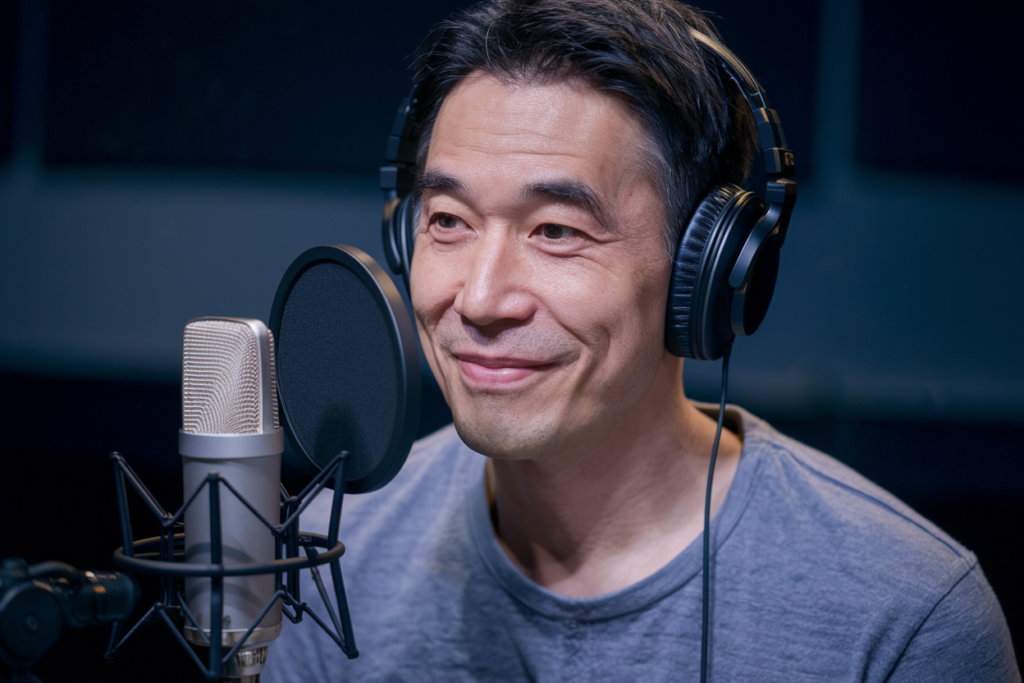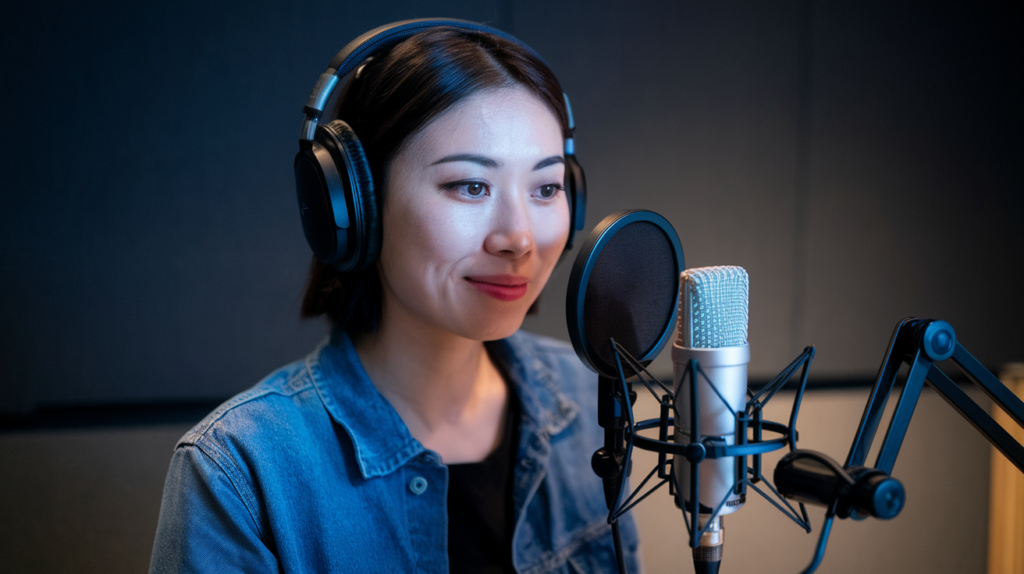Key Takeaways
- Distinct Dialect: Osaka Japanese is characterized by unique phonetic and grammatical features that set it apart from Tokyo and Kyoto dialects, reflecting the Kansai region’s cultural identity.
- Historical Influence: The city’s history as a commercial hub during the Edo period contributed to its linguistic diversity, blending various influences into its vernacular.
- Pronunciation Variations: Pronunciation in Osaka Japanese includes more pronounced vowel sounds and specific intonation patterns, creating a lively conversational rhythm that reflects local character.
- Unique Vocabulary: Distinctive expressions and vocabulary like “akan” (no good) and “wakarahen” (I don’t understand) reveal the playful nature of Osaka culture and enhance local communication.
- Casual Grammar Structure: Sentence formation tends to be more informal, often dropping subjects for relaxed conversation flow, contrasting with the structured approach of standard Japanese.
- Cultural Connection: Language in Osaka is shaped by social dynamics that emphasize humor and friendliness, highlighting how regional identity influences speech patterns.
Ever wondered why Osaka Japanese sounds so different from the dialects in Tokyo or Kyoto? The differences between Osaka Japanese and other regional dialects can be fascinating and revealing. They not only highlight unique cultural traits but also reflect the rich history of Japan.
Understanding Osaka Japanese
Osaka Japanese, known for its distinctiveness, differs significantly from dialects in Tokyo and Kyoto. These differences reflect the unique cultural identity of the Kansai region.
Historical Context
Osaka’s history as a commercial hub influenced its dialect. The city flourished during the Edo period (1603-1868), attracting merchants and traders. This economic vibrancy led to a blend of linguistic influences, resulting in a rich vernacular that incorporates elements from various regions. As such, Osaka Japanese evolved with specific terms and phrases that convey local customs and social nuances.
Linguistic Features
Osaka Japanese features notable phonetic variations compared to other dialects. For instance, vowel sounds tend to be more pronounced. You’ll also notice unique intonations that set it apart; this creates an engaging rhythm in conversation. Additionally, informal expressions are prevalent, making communication feel warm and friendly.
The use of distinctive vocabulary is another hallmark of Osaka Japanese. Certain words commonly used in this dialect may not be recognized outside the region—words like “akan” (no good) or “boon” (to boast). These terms exemplify how language can encapsulate local culture.
Overall, understanding these characteristics enhances appreciation for Osaka’s vibrant cultural landscape while highlighting Japan’s linguistic diversity.
Pronunciation Variations
Osaka Japanese features distinct pronunciation variations that set it apart from other regional dialects in Japan. These differences contribute significantly to the unique cultural identity of the Kansai region.
Accent Differences
Accents in Osaka Japanese stand out due to their pronounced vowel sounds and specific consonant pronunciations. For instance, the “e” sound often becomes more open, leading to a distinctive way of saying words compared to Tokyo Japanese. Moreover, speakers might emphasize certain syllables differently, which can create a melodic quality that resonates with listeners. This lively accent captures attention and reflects the vibrant character of Osaka residents.
Intonation Patterns
Intonation patterns in Osaka Japanese also differ markedly from those in other regions. Conversations often exhibit a rising tone at the end of sentences, conveying enthusiasm or invitation. This pattern contrasts sharply with Tokyo’s more neutral intonation style. The melodic flow makes interactions feel warmer and more engaging, inviting listeners into the dialogue. Understanding these nuances not only enhances communication but also deepens appreciation for local culture and social dynamics within Osaka.
Vocabulary Distinctions
Osaka Japanese showcases notable vocabulary distinctions that highlight its cultural richness and uniqueness. Understanding these differences provides insight into the local identity.
Local Dialects
Local dialects in Osaka Japanese reflect the region’s vibrant history and social dynamics. Words and phrases often differ from standard Japanese, emphasizing regional characteristics. For instance, “wakarahen” (I don’t understand) replaces the more common “wakarimasen,” showcasing a relaxed conversational style. Furthermore, you might hear “omoroi” for something entertaining or fun, contrasting with Tokyo’s use of “omoshiroi.” These lexical choices emphasize Osaka’s playful and lively culture.
Unique Expressions
Unique expressions in Osaka add flavor to everyday conversations. Phrases like “akan” meaning “no good” or “boke” referring to a silly mistake illustrate how language encapsulates local humor and wit. You might also encounter “chanto shinasai,” which means “do it properly,” reflecting a straightforward approach to communication. Such expressions foster camaraderie among speakers and create an engaging atmosphere that distinguishes Osaka from other regions.
By recognizing these vocabulary distinctions, you gain deeper insights into the fabric of Osaka’s culture, enhancing your appreciation for its linguistic diversity.
Grammar and Structure
Osaka Japanese features unique grammar and sentence structures that differentiate it from other dialects in Japan. Understanding these differences enhances comprehension of the regional nuances.
Sentence Formation
Sentence formation in Osaka Japanese often employs a more casual tone compared to Tokyo Japanese. For instance, you might notice that speakers frequently drop subjects when context is clear, making conversations feel more relaxed and informal. This contrasts with the more structured approach found in standard Japanese, where clarity often requires explicit subject mention. Additionally, the use of colloquial phrases adds a layer of familiarity; for example, “Nanka” (something like) introduces ideas in a casual way that engages listeners.
Use of Particles
Particles play a critical role in conveying meaning within sentences. In Osaka Japanese, you may encounter variations or omissions of certain particles that differ from their usage in Tokyo dialects. For instance, you might hear “ya” instead of “da” for affirmations or see particle drops entirely when conversational flow permits. These changes create an inviting atmosphere for dialogue while reflecting local speech patterns and customs. Understanding these particle distinctions enriches your grasp of regional conversations and fosters deeper connections with native speakers.
Cultural Influences on Language
Cultural influences significantly shape the language spoken in Osaka compared to other regions of Japan. Understanding these nuances provides insight into the unique identity of Osaka Japanese.
Social Contexts
Social interactions in Osaka often reflect a more informal and lively atmosphere. The Kansai region fosters a sense of community, leading to vibrant conversations infused with humor and friendliness. You’ll notice that locals frequently use playful expressions and casual phrases, which create an engaging environment for communication. For instance, terms like “boke” (a silly mistake) not only convey meaning but also illustrate the light-hearted nature of social exchanges among residents.
The emphasis on connection through language becomes evident during conversations where speakers drop subjects or rely on context for clarity. This relaxed approach contrasts with the more formal tone typically found in Tokyo dialects, showcasing how social norms influence speech patterns.
Regional Identity
Osaka’s regional identity plays a crucial role in its linguistic characteristics. Historically recognized as Japan’s commercial hub during the Edo period, this city attracted diverse influences that enriched its vernacular. You’ll find distinct pronunciation variations—like open vowel sounds—that add a melodic quality to conversations.
Additionally, unique vocabulary items such as “wakarahen” (I don’t understand) versus “wakarimasen” highlight local pride and cultural heritage. These specific terms embody the essence of being from Osaka while fostering a deeper appreciation for local customs and values.
Intonation patterns also reveal elements of regional identity; you might notice a rising tone at sentence endings common in Osaka speech, creating warmth and engagement that sets it apart from standard Japanese intonation styles. Through these linguistic features, you gain valuable insights into how language reflects both culture and community dynamics within Osaka’s vibrant landscape.
Conclusion
Understanding the differences between Osaka Japanese and other regional dialects opens a window into Japan’s rich cultural tapestry. The unique pronunciation vocabulary and grammar of Osaka reflect its vibrant history and lively community spirit. You’ll find that these linguistic traits not only enhance conversations but also deepen your appreciation for the local culture.
As you engage with speakers from Osaka you’ll experience firsthand the warmth and humor embedded in their language. This distinctiveness enriches your interactions and offers a glimpse into the heart of what makes Osaka so special. Embracing these nuances can transform your understanding of Japanese communication, making every conversation an opportunity to connect more deeply with the region’s identity.
Frequently Asked Questions
What is Osaka Japanese?
Osaka Japanese is a distinct dialect spoken in the Kansai region, particularly in Osaka. It showcases unique phonetic variations, vocabulary, and grammar that reflect the area’s vibrant culture and history as a commercial hub during the Edo period.
How does Osaka Japanese differ from Tokyo Japanese?
Osaka Japanese features more open vowel sounds, unique intonations, and informal expressions compared to Tokyo Japanese. Additionally, it uses different vocabulary terms and has a more relaxed conversational style characterized by dropped subjects.
What are some notable vocabulary differences in Osaka Japanese?
Key words like “akan” (no good) and “boon” (to boast) highlight differences in daily language. For example, “wakarahen” means “I don’t understand,” contrasting with Tokyo’s “wakarimasen.” Such terms reveal local customs and social nuances.
Why do speakers of Osaka Japanese drop subjects frequently?
Dropping subjects is common in Osaka Japanese because context often makes the subject clear. This casual approach contributes to a relaxed conversational tone that reflects the friendly nature of interactions among speakers.
How does culture influence the language in Osaka?
Cultural influences shape Osaka’s language through lively social interactions filled with humor. The informal atmosphere fosters community connections which are evident in its distinctive conversational style compared to other regions like Tokyo.
What role do intonation patterns play in Osaka Japanese?
Intonation patterns, especially rising tones at sentence endings, create an engaging rhythm and warmth in conversations. This melodic quality enhances communication dynamics, making interactions feel friendlier compared to more neutral tones found elsewhere.
Are there any grammatical distinctions unique to Osaka Japanese?
Yes! Grammar in Osaka Japanese often includes casual sentence structures where particles may vary or be omitted altogether. For instance, using “ya” instead of “da” for affirmations further distinguishes it from standard forms used in other dialects.







